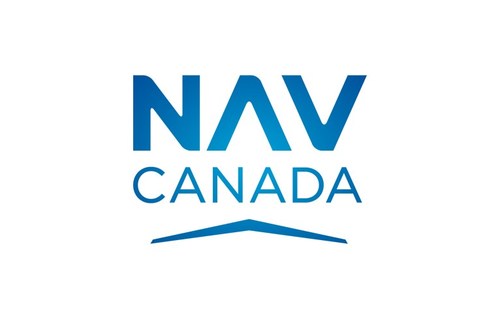
Air traffic control technology to cut delays and emissions at Toronto Pearson
Monica Ferguson
Cleantech Canada Aerospace aerospace aerospace industry Canada emissions environment Technology
Photo credit: NAV CANADA / CNW Group
NAV CANADA became the first air navigation service provider in North America to deploy Intelligent Approach. NAV CANADA worked with NATS (its UK counterpart), and Leidos, to transition the system.
Deployed at Toronto Pearson International Airport, this technology adds tactical capacity across the airport’s five runways, and will help reduce delays, fuel burn and CO2 emissions, particularly in high wind conditions.
The system calculates the optimum time interval between arrivals based on live weather data and the aircraft type rather than relying on set distances. It then translates that into a graphical marker on a controller’s radar screen, helping to improve spacing consistency and maintain the landing rate even in strong headwinds.
“Delivering Intelligent Approach for Toronto during a global pandemic has been an enormous team effort across NAV CANADA, NATS and Leidos,” said Guy Adams, Strategy and Commercial Director, NATS. “As the industry now begins to recover from the impact of Covid, it has never been more important for airports make the very best of their existing infrastructure. I look forward to Intelligent Approach delivering even better on time performance and operational resilience at Canada’s busiest airport.”
Intelligent Approach was first introduced at Heathrow Airport in 2015, where the use of time-based separation, as a way of maintaining the landing rate, cut headwind related delays by 62 per cent.
